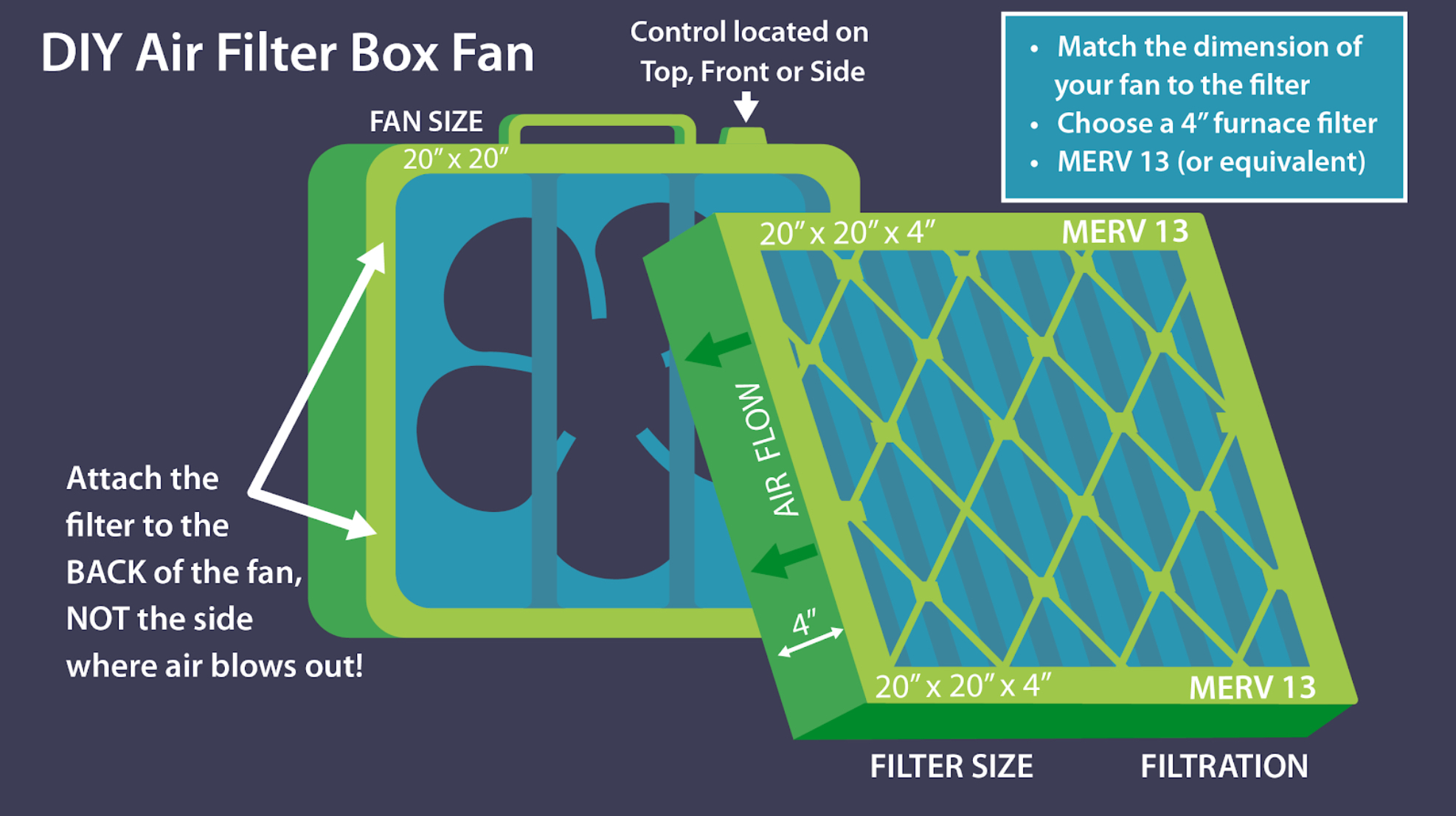Florence Nightingale emphasized community and home as the third factor for health and healing. Modern life makes this challenging because of how neighborhoods and cities are structured, plus entire families rarely live close together. Exasperating these conditions is the required isolation of self-quarantine, isolation, and “shelter in place” requirements to slow down the spread of the pandemic. Later, there will be tips and links for important details about ventilation in extreme cold or hot humid climates.
Lack of community is but one of the fundamental issues with confinement indoors when individuals or families are quarantined or when they “shelter in place.” The first is the decrease in community and family relationships, the last fundamental of health emphasized by Florence Nightingale. The other fundamental issue is the effect on the indoor environment of constant 24/7 occupancy rather than the usual intermittent use.
Personal interactions with those you love and trust are just as important as the physical exposures from air and sun. Isolation, especially for singles and the elderly can lead to depression and a lack of sufficient self-care. Because of the requirement for physical distance to prevent the spread of the virus, direct help is often difficult or impossible. Fortunately, our digital age has several technological opportunities for contact. Facebook and some other applications have the ability to share video phone calls. They can see the person, where they are, and what they are doing. I recently observed four family members in four locations in two countries video dancing together. The basic needs of food and personal supplies are often available by delivery services from grocery stores and pharmacies.
Constant occupancy increases the accumulation of carbon dioxide, cooking odors, body odors, and moisture. Because most houses are designed for intermittent occupancy at maximum levels, the indoor environment can become overwhelmed. Cleaning of surfaces will reduce the effects of increased particles from dust disturbance and normal skin flakes combined with the increased moisture from breathing, showering, and cooking. Moisture can be managed by running exhaust fans when showering and cooking. Dust disturbance can be decreased by more frequent vacuuming of carpet with a HEPA filtered vacuum cleaner, and the installation of a MERV 13 or equivalent filter in the forced air system. Ventilation, as previously discussed, is primary to the management of all factors.
There are important details about ventilation beyond those in the previous section of this document. The introduction of outside air that is hot and humid can create uncomfortable conditions but also increase the moisture in the air indoors (called Relative Humidity or RH, to levels supportive of mold growth. Ventilation when the outside air is especially cold can have the opposite effect – air that is too dry. An additional concern is with condensation on surfaces when either the surface is chilled by outside air or when the RH is increased. Click for more information on controlling moisture and ventilation.
What we can learn from Florence Nightingale is what to do. Our challenge is HOW to do it.
Return to Part 1 or Part 2 of the series.
Hayward Score helps you discover how your home may be impacting your health in minutes – – for FREE!
Answer a quick set of questions then get a personalized list of action items. Transform your home and health today!

ARE YOU CONCERNED YOUR HOME IS MAKING YOU SICK?
Our guide on indoor quality will help you diagnose possible issues and implement intelligent solutions to improve the quality of the air inside your home.















